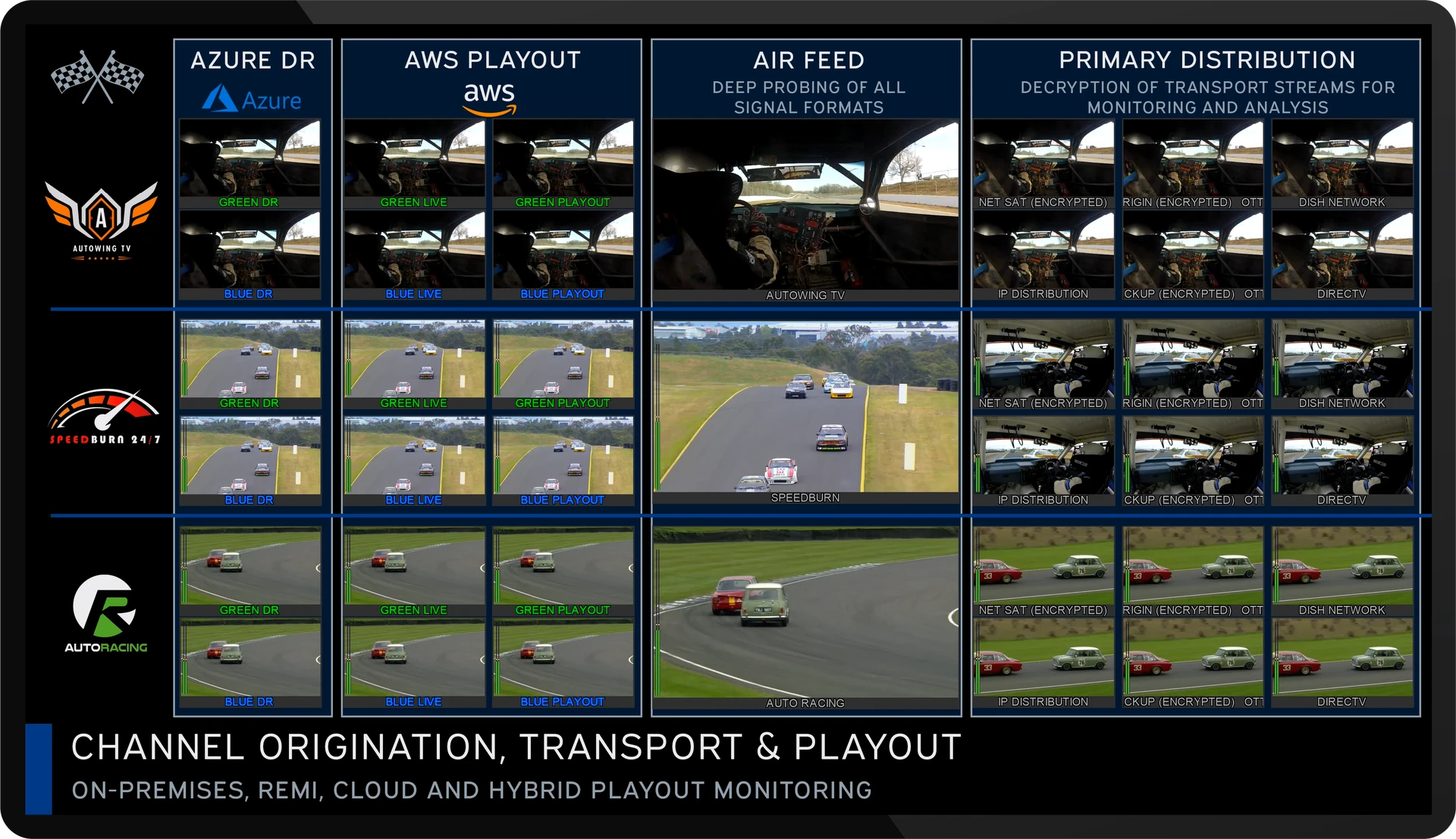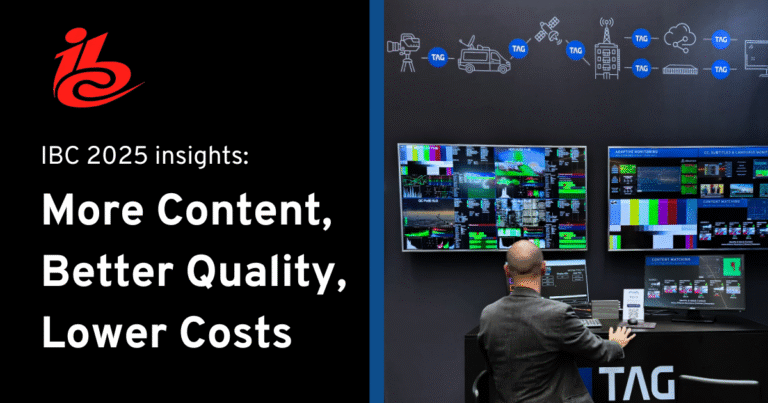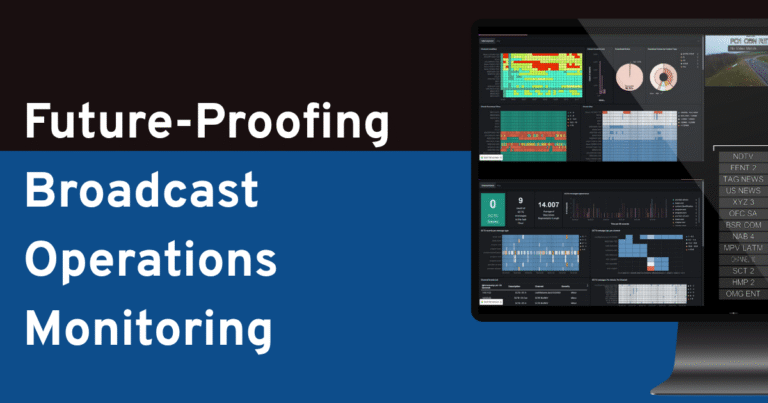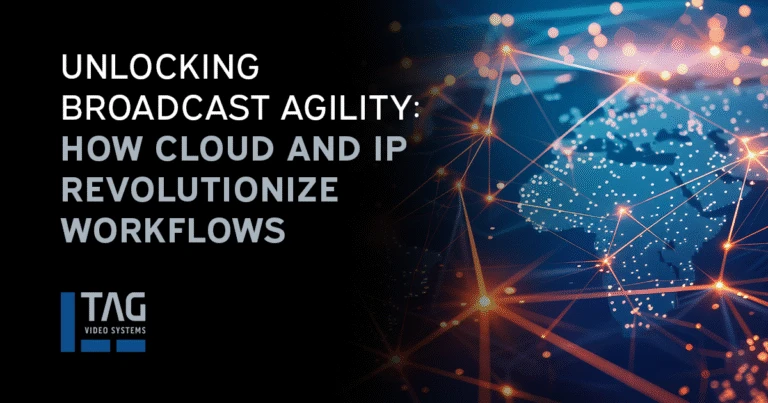In recent years, the broadcasting industry has undergone a significant transformation. Traditional hardware-based systems are giving way to software solutions that leverage the power of IP-based workflows. This shift is driven by the need for cost-efficiency, scalability, and flexibility in handling complex media operations. The following overview explores key strategies for optimizing playout using modern IP-based workflows.
Embracing IT-Based Solutions
For decades, broadcast TV and M&E industry operations have relied on proprietary hardware for real-time audio and video processing. The integration of IT-based solutions, already successful in other industries, has revolutionized media processing. Advances in software now enable broadcasters to implement sophisticated IP-based workflows on commercial off-the-shelf (COTS) hardware, which offers the necessary processing speed and data throughput for major broadcast applications.
The move to software-based operations on generic IT servers and network equipment brings significant advantages. These include reduced costs, enhanced scalability, and greater flexibility. With software-based solutions, broadcasters can reconfigure their facilities to meet specific processing requirements quickly and efficiently, eliminating the need for specialized hardware or vendor-specific appliances.
Key Characteristics of Modern Playout Technology
Modern playout facilities must support a wide range of formats, including both compressed and uncompressed signals. This flexibility allows broadcasters to handle various types of content, from pre-recorded materials to live feeds. Solutions like TAG Video Systems’ software support uncompressed formats such as SMPTE ST 2110 and SMPTE ST 2022-6, along with compressed formats like JPEG 2K, H.264, and H.265. This broad format support ensures agility in managing complex workflows.
Effective signal monitoring is crucial for maintaining the quality and continuity of audio and video. Advanced software solutions provide real-time analysis of all sources on all channels, offering multiple monitoring levels. These include transport-level monitoring based on ETR-101-290 compliance, video/audio baseband content level monitoring, and template-based monitoring for detecting configuration changes. Configurable alarms and automated notifications enhance troubleshooting efficiency in complex environments.
To further optimize monitoring efforts, TAG Video Systems employs adaptive monitoring techniques. Adaptive monitoring dynamically adjusts the intensity and frequency of monitoring based on the current state and performance of the media streams. Automatic transitioning between different monitoring modes ensures that any detected issues are promptly addressed. Once resolved, the stream returns to its selected adaptive mode.
Additionally, the integration of the penalty box feature within TAG’s solution exemplifies the concept of Monitoring by Exception. This feature isolates problematic streams or channels that exhibit errors or quality degradation, placing them in a penalty box for focused monitoring. This approach ensures that resources are prioritized towards resolving issues without compromising the monitoring of other streams, while further reducing the “eyes-on-glass” needed to monitor a wide range of video streams.
Adopting 100GE network interfaces has significantly increased the input density for software-based solutions. Broadcasters can manage unlimited inputs and outputs by defining their processing requirements and calculating the necessary COTS server capacity. This scalability is vital for handling growing content demands.
Integrating monitoring, probing, and multiviewing functions within a single solution reduces operational complexity. This integrated approach simplifies workflows and enhances the efficiency of playout operations.
The trend toward cloud-based playout is gaining momentum. Pure software solutions capable of operating both on-premises and in the cloud offer unparalleled flexibility. These hybrid environments are winning out over strictly on-prem or exclusive cloud architectures. Broadcasters can achieve end-to-end workflow unification, ensuring consistent operation across different environments.
Robust API structures enable seamless integration with third-party network management and broadcast control systems. This interoperability ensures broadcasters can easily configure and manage their facilities using existing systems.

Expanding the Capabilities of IP-Based Workflows
TAG Video Systems has achieved remarkable reach with its IP-native, 100% software solutions running on 100% commercial-off-the-shelf (COTS) hardware. TAG’s Zero Friction® Licensing has revolutionized the industry, with over 150,000 monitoring points managed globally. This extensive network underscores the scalability and flexibility of TAG’s solutions, proving their capability to handle the most demanding broadcast applications, including live production, playout, distribution, and OTT delivery.
Broadcasters looking to optimize their IP-based playout operations should consider the benefits of these modern solutions. With enhanced flexibility, cost savings, and simplified workflows, the future of broadcasting lies in fully embracing IP-based technologies.
By integrating these advanced IP-based technologies, broadcasters can ensure their operations are future-proof, scalable, and ready to meet the industry’s evolving demands.





